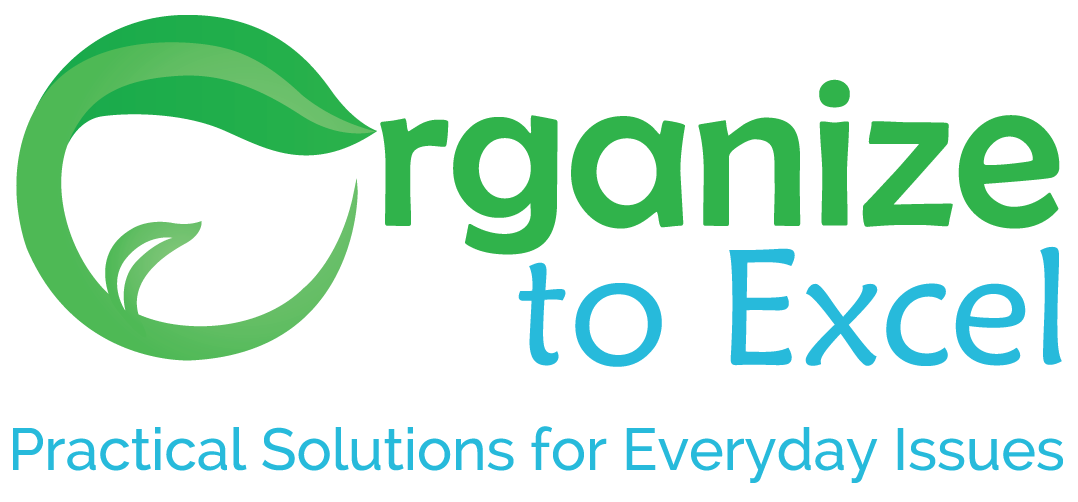Filing paperwork is crucial because it allows you to find things quickly and easily. Here are some tips for creating a great filing system.
Naming Conventions
Having a standardized terminology for your files keeps search time to a minimum, with both digital and physical files. For physical files, use consistent dates and names. For digital files, include multiple search terms in your file name to allow for faster retrieval.
Paper Files: 5-20 Items Rule of Thumb

Use cascading hierarchies when creating your paper files. For instance, you could keep all your insurances together in one hanging folder and have the paperwork for the individual policies in separate interior folders.
If you have fewer than five items in one category, that’s a sign that you could condense it with another. More than twenty items should be split up into subcategories. For instance, say you have files relating to places you want to travel to. If you only want to go to New Zealand and visit Lord of the Rings locations, you only need one folder. If you want to go to every state in the US and have paperwork about each state you want to visit, then a folder for each state will be helpful. This helps avoid overstuffed folders that are difficult to look through and avoids having unnecessary folders as well. Using labeling, color coding, or different locations for these categories makes them easy to see at a glance.
Digital Files
Filing systems aren’t just for physical folders! Digital files can use all the same principles to make your workflow easier. Here are some tips for working with digital files:
Dates: Use “yymmdd” dates at the beginning of file names to keep them in chronological order.
Labels: Use specific labels in file names if you have multiple types of files in one folder to cut down on search time. Use cascading hierarchies minimally on your computer. Extra clicks into folders waste time. The 5-20 rule of thumb does not apply to digital files because the computer search function is so useful. You can keep all the paperwork for all your policies in one folder as long as they are named appropriately. A quick search for the type of policy you are looking for pops it right up.
Automatic Filing: Check out an automatic filing and naming tool like www.filethis.com, which specializes in document management.
OCR: Scanners with Optical Character Recognition (OCR) can automatically name files based on their content.
Scanners

Scanning paperwork eliminates a lot of clutter. Invest in a scanner with a smooth document feeder, as well as software that manages files after scanning, so you can add or delete pages, rotate, and so on.
Be sure to check out options for presets in your scanning software. Presets let you decide in advance a job type’s resolution, paper size, color mode, and so on, and save that set of options so you don’t have to select them all each time you scan.
Keep these tips in mind when filing paperwork to better organize your workspace!

Ready to get started organizing your paperwork? Check out our Virtual Organizing services!


Trackbacks/Pingbacks